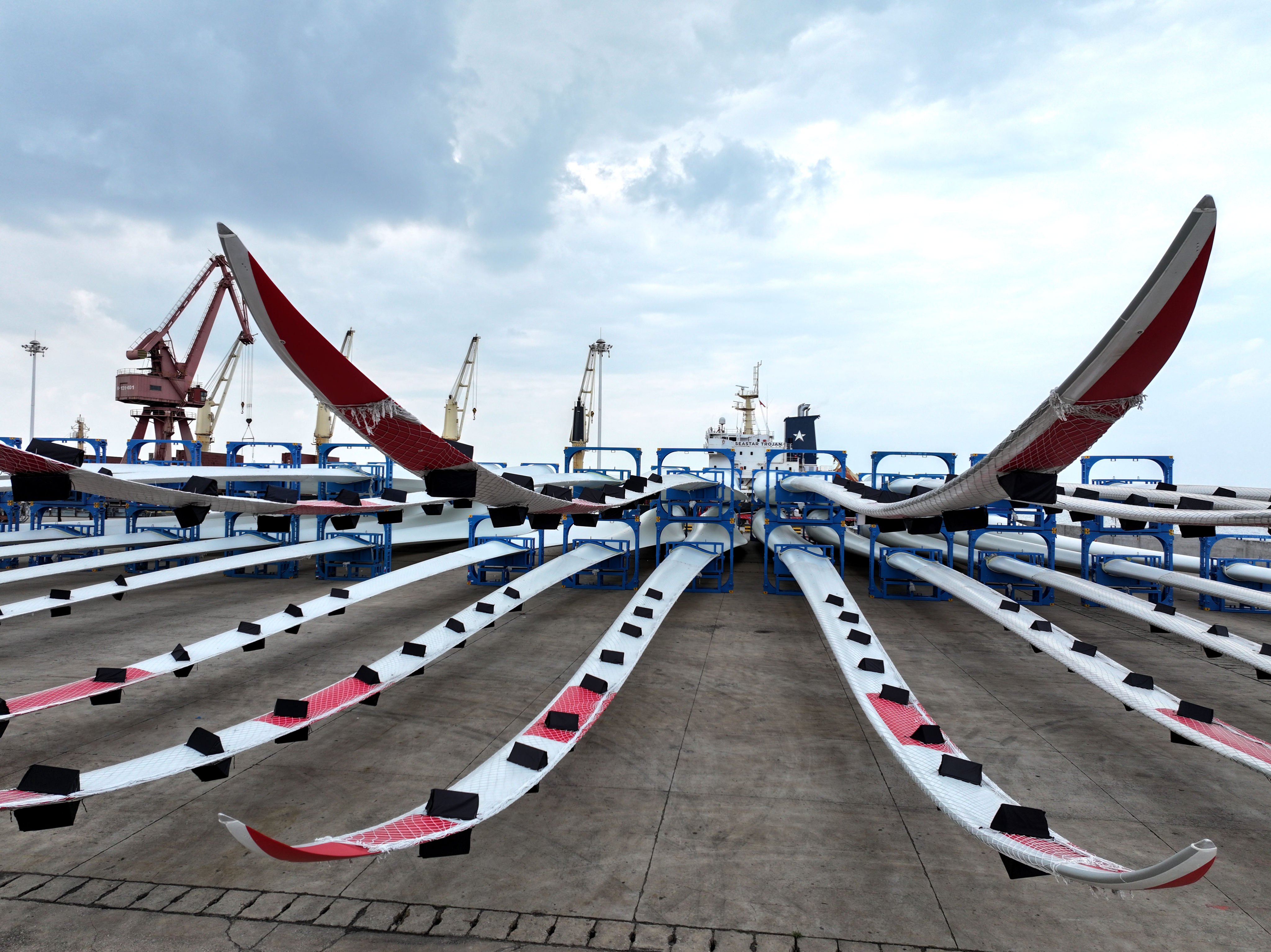Thanks to Trump, we now have a profound appreciation of supply chains
The US president’s tariffs revealed the fragility of the global trading system, highlighting the costs of disrupting intricate supply chains

The US-China tariff war has sharply focused attention on global trade, supply chains and economic interdependence, forcing people worldwide to confront the challenges of today’s interconnected economy. While the conflict has highlighted the fragility of supply chains, recent events have also ushered in positive developments, fostering a sense of hope and optimism.
At the beginning of the week, negotiations between the world’s two largest economies in Geneva resulted in a 90-day pause on tariff escalations, a significant 115 per cent tariff reduction and, importantly, a commitment to continue negotiations. Both countries also acknowledged that economic decoupling was neither practical nor desirable. Understandably, major stock markets reacted positively.
But the tariff war has also revealed the fragility of the global trading system, highlighting the significant costs associated with disrupting intricate supply chains. Ultimately, these disruptions drive up living costs, placing the financial burden squarely on consumers rather than foreign governments.
Consider a product like the iPhone, which relies on a global manufacturing network. Key components are sourced from various countries, illustrating an international division of labour that leverages specialised skills, advanced infrastructure and robust industrial ecosystems. This system has evolved over decades to achieve efficiencies and expertise that are difficult and often prohibitively expensive to replicate.
Developed economies have depended on global supply chains for decades, outsourcing production to developing countries to keep goods affordable and sustain middle-class lifestyles. This strategy has driven industrial growth, particularly in Asia and Latin America. The trade war has revealed the costs and complexities of dismantling these tightly interwoven networks, showing how challenging the “reshoring” of manufacturing is.
Despite tariffs, sourcing and manufacturing across multiple countries remain significantly more cost-effective than producing them domestically in the United States, where critical supply chains have eroded. Restoring these networks will require much investment in infrastructure, technology, training and education, which will take years to yield tangible results. Closing the gap between outsourced manufacturing and domestic production presents substantial economic and structural challenges.
Compounding the challenge is the steady erosion of technical expertise and the higher labour costs compared to in Asia and Latin America. With low unemployment and greater opportunities in fields like technology, finance and healthcare, many American workers lack the interest or skills to return to manufacturing. Industries such as semiconductors, dominated by Taiwan, show how decades of focused investment and innovation have created specialised industrial ecosystems that cannot be easily or quickly replicated.
Over the past month, the trade war has underscored the level of interdependence within the global economy. It has revealed how modern goods depend on intricate supply chains that span multiple countries. Tariffs and trade barriers disrupt these networks, increasing costs for businesses and consumers, and have unintended consequences for domestic industries.
The conflict has revealed vulnerabilities in the over-reliance on single-source suppliers, prompting countries to re-evaluate supply chain resilience and pursue diversification. It has also highlighted trade’s dual role as an economic engine and a geopolitical tool, shaping alliances and influencing global power dynamics. Ultimately, the trade war is a stark reminder of the delicate balance required to manage the interconnected realities of trade.
China commenced strategic preparations for a potential trade war as early as 2018, anticipating heightened tensions with the US when Trump initiated tariffs during his first presidency. In contrast, many other countries, including US allies, were caught off guard by the rapid escalation of tariffs. China’s foresight enabled it to take proactive measures such as diversifying supply chains, strengthening domestic industries and establishing new trade partnerships to mitigate any economic fallout.
The flexibility of China’s supply chains became particularly evident when it responded to US tariffs by cancelling soybean orders and swiftly pivoting to Brazilian suppliers. Years of investment in Latin American infrastructure facilitated this shift, highlighting the importance of long-term planning and adaptability in navigating the complexities of trade.
For many American businesses, the trade war has caused significant disruptions. A steep decline in cargo shipments from China would lead to shortages, delays and increased costs that ripple through supply chains, underscoring the fragility of these networks.
Meanwhile, the European Union responded to the new US tariffs by preparing countermeasures aimed at €20.9 billion (US$23.4 billion) worth of American goods, including aircraft, vehicles, wine, beer and spirits. Although the EU has paused these measures for 90 days to facilitate negotiations, the threat of escalating tariffs remains significant.
Dismantling global supply chains is neither practical nor wise. These systems are not abstract economic constructs but deeply embedded mechanisms that drive the modern world. While they are vulnerable to disruption, their role remains essential.
Interdependence will continue to shape the future. Global supply chains are not merely a matter of convenience; they are essential. The real challenge is strengthening and managing them to create a more resilient, sustainable and equitable global economy.